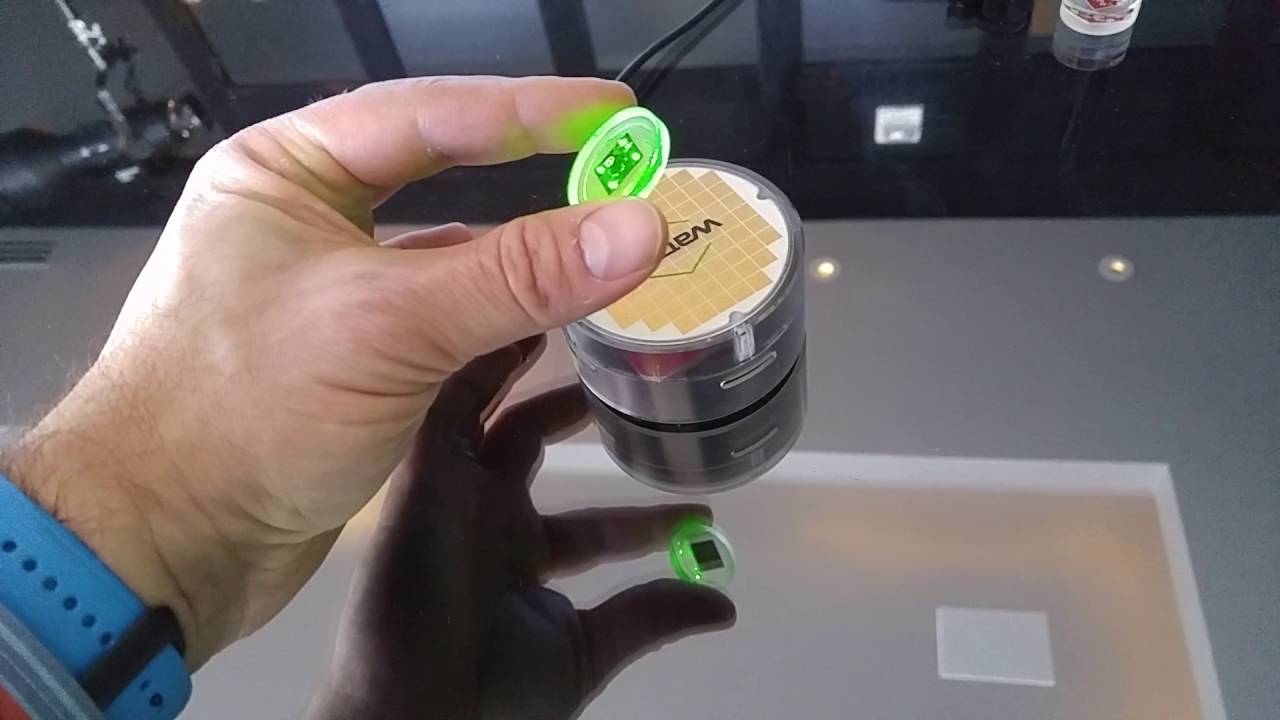Jul 18, 2016
How to scam $750,000 out of Microsoft Office: Two-factor auth calls to premium-rate numbers
Posted by Karen Hurst in category: futurism
Hmmm;
Tech giants scramble to fix pricey loophole.
Hmmm;
Tech giants scramble to fix pricey loophole.

By narrowing the bandgap of titania and graphene quantum dots.
Researchers have found a method of harvesting light.
Griffith University researchers have discovered significant new potentials for light harvesting through narrowing the bandgap of titania and graphene quantum dots.

Groundbreaking “Radio Frequency” technology is definitely something to get charged up about.
If there’s one thing the world’s most valuable companies agree on, it’s that their future success hinges on artificial intelligence.
Google is continuing to invest heavily in deep learning at a time its head of machine learning, John Giannandrea, is calling the artificial intelligence spring (as opposed to the AI winter of earlier times). The company’s Founders’ letter this year mentions machine learning up to five times, leaving no doubt that it believes its advantages in this area will give it the edge in the coming years. In short, CEO Sundar Pichai wants to put artificial intelligence everywhere, and Google is marshaling its army of programmers into the task of remaking itself as a machine learning company from top to bottom.
[gallery2012].
Scientists have conducted the world’s first successful time travel experiment, proving once and for all that time travel is possible.
Until quite recently, creating a hologram of a single photon was believed to be impossible due to fundamental laws of physics. However, scientists at the Faculty of Physics, University of Warsaw, have successfully applied concepts of classical holography to the world of quantum phenomena. A new measurement technique has enabled them to register the first ever hologram of a single light particle, thereby shedding new light on the foundations of quantum mechanics.
Scientists at the Faculty of Physics, University of Warsaw, have created the first ever hologram of a single light particle. The spectacular experiment, reported in the journal Nature Photonics, was conducted by Dr. Radoslaw Chrapkiewicz and Michal Jachura under the supervision of Dr. Wojciech Wasilewski and Prof. Konrad Banaszek. Their successful registering of the hologram of a single photon heralds a new era in holography: quantum holography, which promises to offer a whole new perspective on quantum phenomena.
“We performed a relatively simple experiment to measure and view something incredibly difficult to observe: the shape of wavefronts of a single photon,” says Dr. Chrapkiewicz.
Continue reading “The birth of quantum holography: Making holograms of single light particles!” »
Science and the internet have an uneasy relationship: Science tends to move forward through a careful and tedious evaluation of data and theory, and the process can take years to complete. In contrast, the internet community generally has the attention span of Dory, the absent-minded fish of “Finding Nemo”(and now “Finding Dory”) — a meme here, a celebrity picture there — oh, look … a funny cat video.
Thus people who are interested in serious science should be extremely cautious when they read an online story that purports to be a paradigm-shifting scientific discovery. A recent example is one suggesting that a new force of nature might have been discovered. If true, that would mean that we have to rewrite the textbooks.
As a physicist, I’d like to shed a disciplined scientific light on the claim.
In the campy 1966 science fiction movie “Fantastic Voyage,” scientists miniaturize a submarine with themselves inside and travel through the body of a colleague to break up a potentially fatal blood clot. Right. Micro-humans aside, imagine the inflammation that metal sub would cause.
Ideally, injectable or implantable medical devices should not only be small and electrically functional, they should be soft, like the body tissues with which they interact. Scientists from two UChicago labs set out to see if they could design a material with all three of those properties.
The material they came up with, published online June 27, 2016, in Nature Materials, forms the basis of an ingenious light-activated injectable device that could eventually be used to stimulate nerve cells and manipulate the behavior of muscles and organs.
